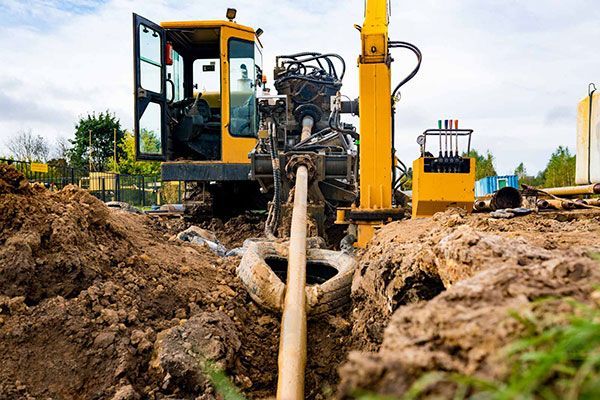What’s the difference between CNC turning and milling?
When it comes to providing computer numerical control (CNC) manufacturing, ST Engineering relies on two processes to achieve advanced and high-quality finish: CNC turning and milling.
Both methods of producing high-quality parts are fundamental for the maintenance and repair of heavy machinery, but they differ significantly in their operation and the types of products they produce. In this blog post, we’ll break down the two processes so you can better understand the difference and know which is best for your manufacturing purposes.
What is CNC turning?
CNC turning is a subtractive manufacturing process used to create cylindrical parts from a rotating piece of metal on a lathe. As the material spins, a stationary cutting tool removes material along the axis of rotation, creating cylindrical parts. This process is ideal for manufacturing components like shafts, knobs, and pulleys.
One significant advantage of CNC turning is its ability to produce parts with very tight tolerances and excellent surface finishes. The turning process is also generally faster for creating round or tubular shapes - however, this limits you to parts that are symmetrical at their axis.
What is CNC milling?
CNC milling is a versatile process that can handle a variety of operations, such as drilling, slotting, and contouring. A rotating cutting tool moves along multiple axes to shape a stationary workpiece, producing complex shapes and features that are not limited to cylindrical forms.
CNC milling machines can operate along at least three axes, with more advanced machines working on five or more axes, allowing for intricate designs and complex geometries. This flexibility makes milling suitable for a wide range of applications, from aerospace components to construction machinery.
Which one will suit your machine’s needs?
The choice between CNC turning and milling largely depends on your part’s requirements. Turning is the typical process if you need cylindrical parts with round features. However, milling is the better option for parts that contain complex geometries, pockets, and non-cylindrical shapes.
At ST Engineering, we specialise in both CNC turning and milling for heavy machinery parts, providing specialised solutions to meet your specific needs. Whether you require precision-tuned parts or complex milled components, our state-of-the-art CNC milling and turning machines and skilled engineers ensure quality results for every project.
Contact the industry experts today and see how they can help you with your heavy machine maintenance needs.




